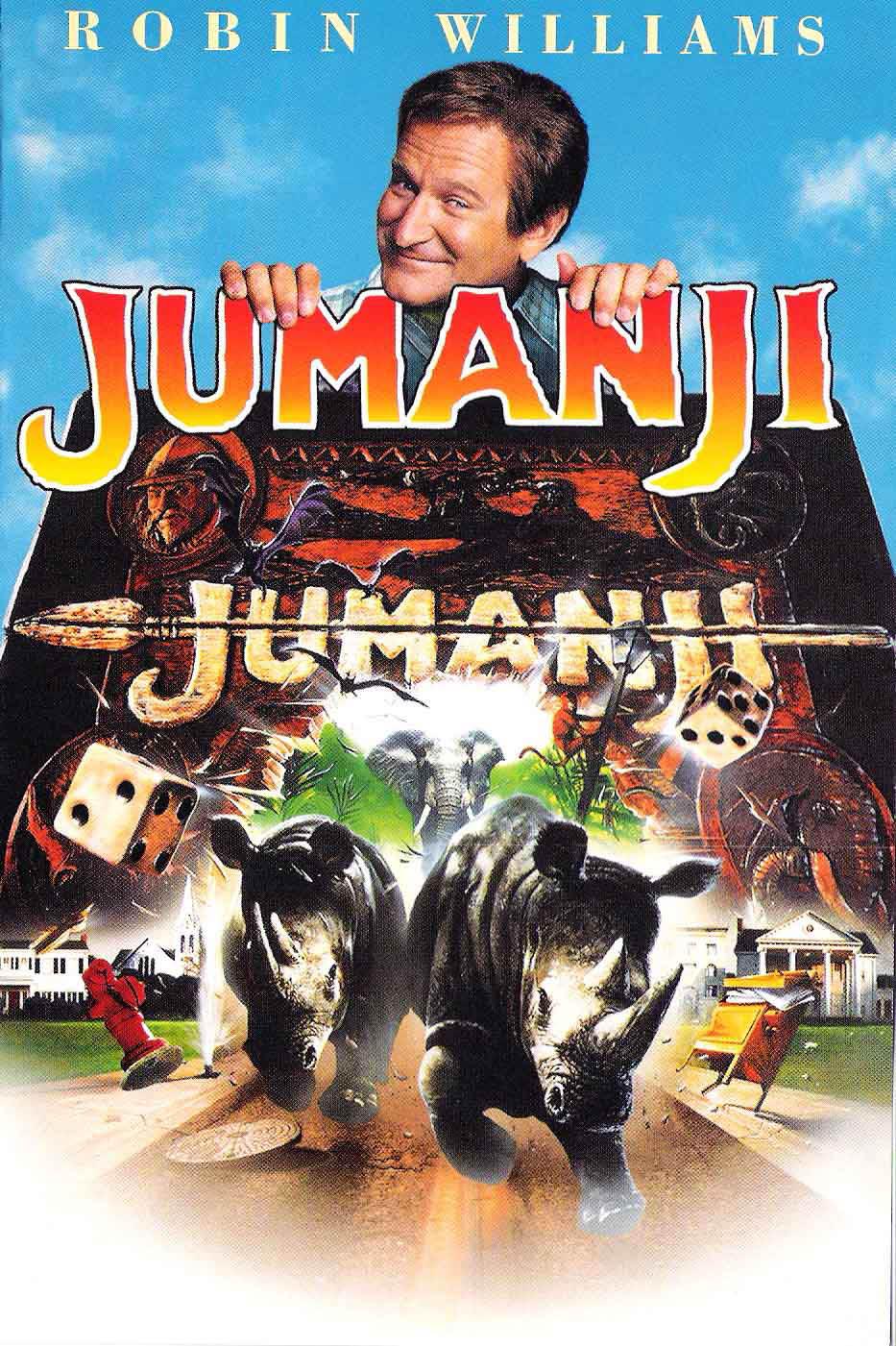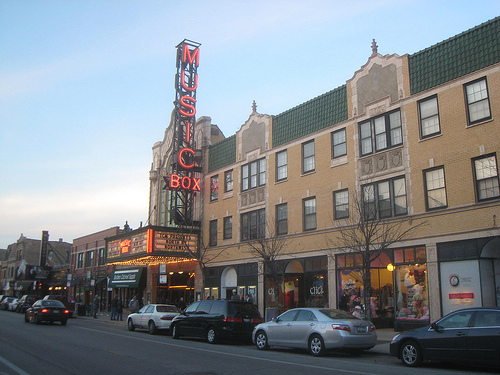From The Chronicle of Higher Education, April 17, 1998. –- J.R.
Ever since a Barnes & Noble bookstore opened in my neighborhood in Chicago, I’ve been cultivating the habit of hanging out there, a bit like the way I used to frequent the public library in my hometown as a teenager. I often stop there not with a particular purchase in mind, but on my way to someplace else – a movie at the same shopping center, a nearby restaurant — or on my way home from work. The relaxed idleness offered by the roomy store and the various incentives to linger — the generous selection of hardcovers and paperbacks, the current magazines, the tables where you can spread your stuff out and read for as long as you want to, the Starbucks coffee bar, not to mention various appearances by authors and periodic meetings of discussion groups — create an alluring kind of community space.
It’s a kind of space that I haven’t found in public libraries in recent years, especially since the removal of card catalogues and easy chairs. Some younger people I know, who harbor no fond memories of public libraries, are enjoying visits to places such as Barnes & Noble as a new kind of experience altogether, a theme park that features words instead of rides. Such bookstores seem at first to be a prime instance of the benefits of corporate initiatives replacing crumbling state-run institutions. Yet, when I compare my Barnes & Noble with the public library in Florence, Alabama, when I was growing up in the 1950s, I’m not sure that all of what Barnes & Noble offers is an improvement.
True, the choices of reading matter are much wider and broader, but how one makes one’s choices is another matter. The monochrome magazine binders and jacketless books of the library made the objects less alluring on the outside but often more mysterious and historically inscribed on the inside. There, the traces left by other readers — even when those traces were as rude or incoherent as bathroom graffiti, or as anonymous as previous checkout dates — made each encounter a fresh link in a social-historical chain.
By contrast, the colorful magazine covers and book jackets in Barnes & Noble are all essentially advertisements, clustered within various other “purchasing incentives.” Some of these inducements are more obvious (i.e., less deceitful) than others: Displays in publisher-manufactured kiosks at the safes counter clearly are advertisements. But how many of the books chosen for discussion groups or featured as staff “favorites”are determined by publishers’ promotions, as opposed to the individual passions of store managers? More than one book agent has told me that publishers pay money -– as they would for advertising –- to get a particular title displayed as a staff favorite.
The rise of corporate-sponsored cultural and educational activities — from bookstore reading groups to classes offered by the Walt Disney Company – to replace declining publicly financed opportunities is disquieting. Corporate cultural initiatives, even at their most alluring, have a totalitarian feel to them, in that they make it difficult to distinguish between true education and advertising. The propaganda of Stalinism may not be identical to the “educational” choices made on our behalf by global capitalism and marketing, but the two have traits and strategies in common.
When Disney holds all-day “seminars” about American Indian culture and modern animation techniques for grade-school children in shopping malls as part of its campaign to promote the movie Pocahontas, it is not necessarily disseminating propaganda. Yet the point at which education ends and propaganda begins (or vice versa) is difficult to pinpoint. And when teachers welcome such assistance, how far are we from asking Disney to take over the role of public education, thereby allowing the company to emphasize the “facts” that best promote its products?
A growing distrust of government programs and of artistic projects supported by federal money has led the public to welcome corporate initiatives without exhibiting a corresponding skepticism about the special agendas of corporate-financed education. The immense popularity of the Disney seminar and bookstore-sponsored reading groups are evidence of this.
Occasionally, the government cooperates with big business. making it even less likely that people will be out the lookout for a corporate agenda. A recent Omnimax film called Special Effects, for example, shown to much popular acclaim in museums around the country, sold itself as a film-history lesson, mainly by offering a few glimpses of a very bad print of Georges Méliès’Le Voyage dans la Lune and some trick camera work in King Kong. But this “educational” film was devoted mainly to promoting Jumanji, the rerelease of the Star Wars trilogy,and a few other current blockbusters. Ironically, the film received major funding from the National Science Foundation, demonstrating that perhaps the easiest way to get state aid these days is to represent business interests as blatantly as possible.
***
Having lived in Paris and London for most of the 1970s — including a two-and-a-half-year stint as assistant editor on the British Film Institute’s Monthly Film Bulletin — I saw firsthand the benefits of government support for education and the arts. The trend in the United States of putting our cultural destiny in the hands of business executives seems especially misguided when compared with the achievements of government-supported initiatives in Europe.
Take, for example, the French government’s involvement in film culture. It’s generally thought that France’s main contribution to cinema over the past half-century is the New Wave movement, which emerged in the late ‘50s and early ‘60s. What’s much less well known is the degree to which state policies and support for the arts made that sort of movement possible. A law passed in 1957 guaranteed “final cut” to directors. That law didn’t eliminate state censorship, but it did protect film makers from the meddlesome cutting and re-editing of their work by producers, distributors, and theater programmers. Such intrusion -– with an eye more on the marketplace than on the artistic integrity of the film – is common in the United States, and is systematically perpetrated by both Miramax, which is the largest American distributor of foreign films (and is owned, incidentally, by Disney), and Bravo, the only national cable-television channel devoted to foreign films.
The state-supported Cinémathèque Française -– co-founded (in 1936) and directed by a passionate eclectic, the Turkish-born Henri Langlois (who was anything but a state bureaucrat) — provided a school and training ground for film makers such as Jean-Luc Godard and François Truffaut, who would form the core of the French New Wave. Many of their early features were made possible by a system of government advances on projected ticket sales. Commissions from state television also played an important role in keeping those film makers working, just as, in the 1970s, it was largely state-run German television that helped to launch the New German Cinema of Rainer Werner Fassbinder, Werner Herzog, and Wim Wenders.
Government activity in the United States played a crucial role in nurturing the French New Wave and New German Cinema here as well. A Supreme Court antitrust ruling on July 28, 1949, broke the major studios’ exclusive control over theaters and what they exhibited. That allowed independent theaters to flourish, which in turn led to the growth of art houses — more than 1,000 were operating by the late ’60s –-and to their ability to show foreign and independent films. But once President Reagan came into office, the government stopped enforcing antitrust laws favoring independents; as a result, movie theaters that want to show films not released by the major studios have had a hard time supporting themselves.
Knowing the good that state support has done for film in Europe, I was shocked back in the mid-1980s to read Charlton Heston, then the president of the American Film Institute’s Board of Trustees, implying in American Film magazine that European directors who benefited from state subsidies were denied the creative control that American directors enjoy. When Europeans such as Marcel Ophüls (director of The Sorrow and the Pity) wrote letters in protest, Heston expressed amazement — his word — at discovering that French law protected film makers’ editorial control. He concluded, nonetheless: “To suggest that creative control can be legislated in a democratic society is . . . debatable.”
At the time, I interpreted Heston to mean that to legislate artistic control in any manner is to deny full creative control to capitalists. But more recently, I’m sorry to say, his statement sounds prescient. French directors have told me that enforcement of the 1957 law is less rigorous than it used to be. And there’s no question that the state-supported, but retooled, British Film Institute, headed today by the film director Alan Parker, is more interested in supporting studio blockbusters than in encouraging independently made films.
If government support for the arts is either unavailable or biased toward the bottom line, it is all the more important for us to look critically at the forms of corporate “education” that are replacing public programs. When a superstore promotes an author or a book, or a corporation sponsors a seminar, we must ask what attitudes those corporate initiatives foster and whose interests they promote. There’s no harm in checking out the magazines at Barnes & Noble over Starbucks coffee, but students should understand that, no matter how cozy, a bookstore doesn’t replace a library.












